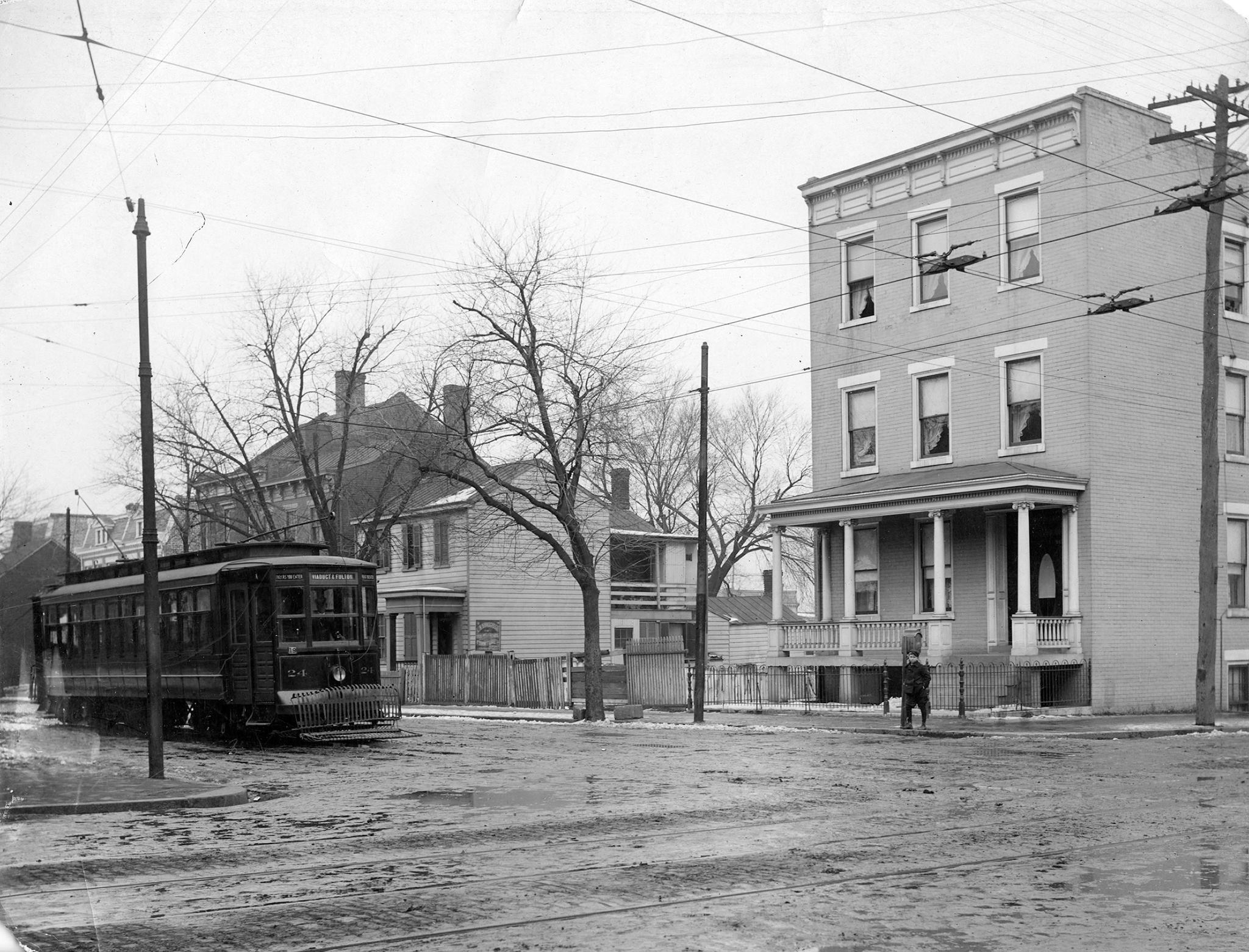RECENT COMMENTS

Church Hill, Union Hill, North Church Hill walking tours in July
The Valentine will be hosting a Church Hill Walking Tour on July 1:
Explore the history of this venerable Richmond neighborhood, from the historic sections surrounding St. John’s Church, to the modern renovation efforts and thriving restaurant scene. Meet at Patrick Henry Park, East Broad and 24th streets.
$15 per person
$5 for Valentine Members
Walk-ups welcome.
Cash or check.
On-street parking.July 1, 2017
10:00 AM – noon
— ∮∮∮ —
Mark your calendar now the The Valentine’s Union Hill and North Church Hill Walking Tour on July 15:
Long separated from the rest of Church Hill by a deep ravine, Union Hill’s physical isolation led to its development as an independent community with a unique plan and distinct architectural character. Join us as we walk through Union Hill and North Church Hill, exploring the history and relationship of these sister neighborhoods. Meet at Jefferson Park, at the corner of North 21st Street and Princess Anne Avenue.
$15 per person
$5 for Valentine Members
Walk-ups welcome.
Cash or check.
On-street parking.July 15, 2017
10:00 AM – noon






Can anyone place the location of the photo at the top?
“Long separated from the rest of Church Hill by a deep ravine, Union Hill’s physical isolation . . .”
I’m curious where this “deep ravine” is/was.
“The cliffs overlooking Shockoe Valley formed the western edge of the neighborhood while a deep ravine that cut diagonally from the corner of Broad and 20th streets to N and 24th streets defined the southern limits. ”
VIA https://chpn.net/2009/11/22/the-union-hill-historic-district/
My initial thought for the photo is, that it could be of the house across from Captain Buzzy’s. Given some of the characteristics like the porch, vacant land next to the home, and the side door just below the window on the right side of the frame, are all similar to the current home. However, the current home is only two stories while the photo depicts three. Do you have any information for the time of the photo?
The “deep ravine” (as referenced by the National Park Service Historic District Designation,) on the southern boundary of Union Hill was filled in about the turn of the 20th century to create Church Hill Avenue (later renamed to Jefferson Avenue.) The same avenue was where the electric trolley cars used to run all the way out to Eastern Henrico/Highland Springs area.
Jefferson Ave is where the ravine was…
My guess is that is 25th and Marshall… that trolley line is Viaduct-Fulton … I’d say the picture was taken about 1915… only one of the buildings in that picture is still there.
Cadeho dropped this over the proverbial transom:
“1905 Sanborn… the 1925 one has all of the current buildings… the frame one outlasted the others”
@8 John M., Thanks for posting this photo I have not seen before. The Deliverance Temple Church that sits on the corner, was originally the Church Hill branch of “The American National Bank” and was built and opened in November 1923. The 3 story house with basement seen there in the older photograph was the house of Hiram Oliver (1813-1891). Once his wife died in 1900, a family member auctioned off the 15 room house in 1905.
YOU GUYS! This is some awesome connecting the dots. Thank you!
The ravine between Union Hill and Church Hill is shown on this map https://www.flickr.com/photos/murden/3879079779/sizes/o/
Back in the late 1870’s, early 1880’s, the ravine was filled in so the new trolley system could go up Church Hill Ave., to be, because the incline was too steep to get traction for the cars. The City dredged the river at Rocketts to improve the harbor, and used the dredge to fill in the ravine. Houses were built on the lots that were created on Marshall, between 22nd and 23rd and on 22nd.They didn’t have a clue about soil compaction, then, and that’s why 2200 E. Marshall leaned, and no house in that area is plumb. If you dig in the yards around there you find a lot of river rock. When I was doing my back yard at 2202 E. Marshall I was sifting rock all the time, and I found Civil War bullets and glass and china fragments. Must have been dumped in the river before the dredging. That was also about the time they were digging the train tunnel, but it was located farther south, closer to Broad St.